In the heart of Australia lies a little-known creature that is rapidly teetering on the brink of extinction. The numbat, a small marsupial once common across the southern regions of the continent, is now found in the wild only within the confines of Western Australia. The battle to save this unique species is not just a regional concern; it represents a broader global challenge in preserving biodiversity amidst escalating environmental pressures. Can Western Australia save the last stronghold of this endangered marsupial? Let’s delve into the numbat’s fascinating world, the threats it faces, and the efforts required to ensure its survival.
The Unique World of the Numbat
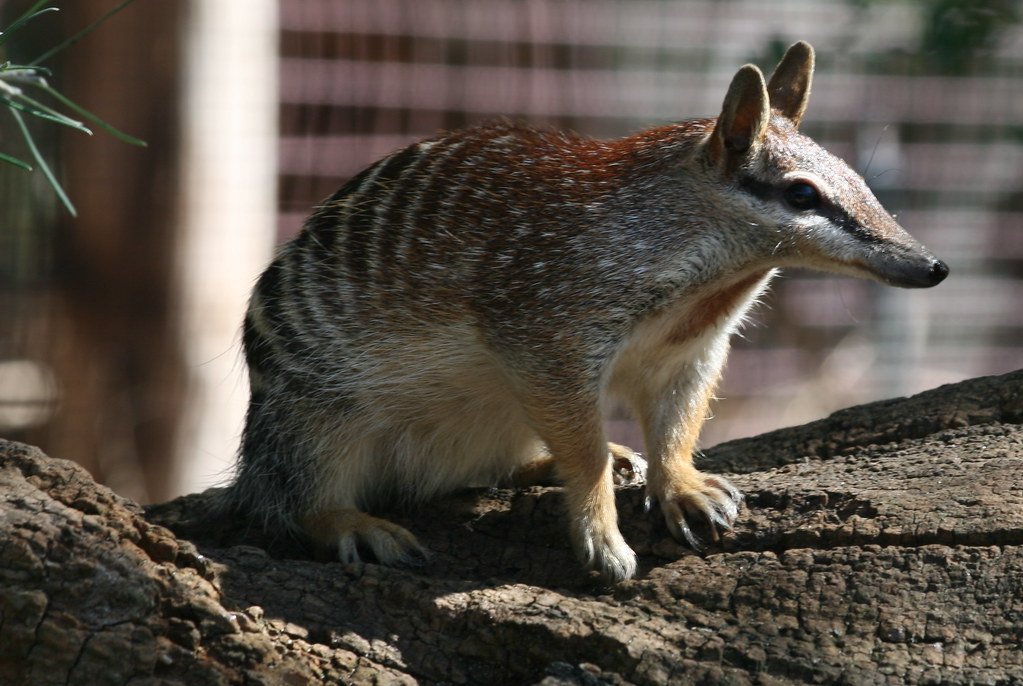
The numbat (Myrmecobius fasciatus) is a small, diurnal marsupial native to Australia. Unlike other marsupials, numbats do not have a pouch. They are recognized by their striking coloration, with a reddish-brown body and distinctive white stripes across their backs. Numbats weigh less than a kilogram and measure approximately 35 to 45 centimeters in length, including their bushy tail.
Natural Habitat and Diet
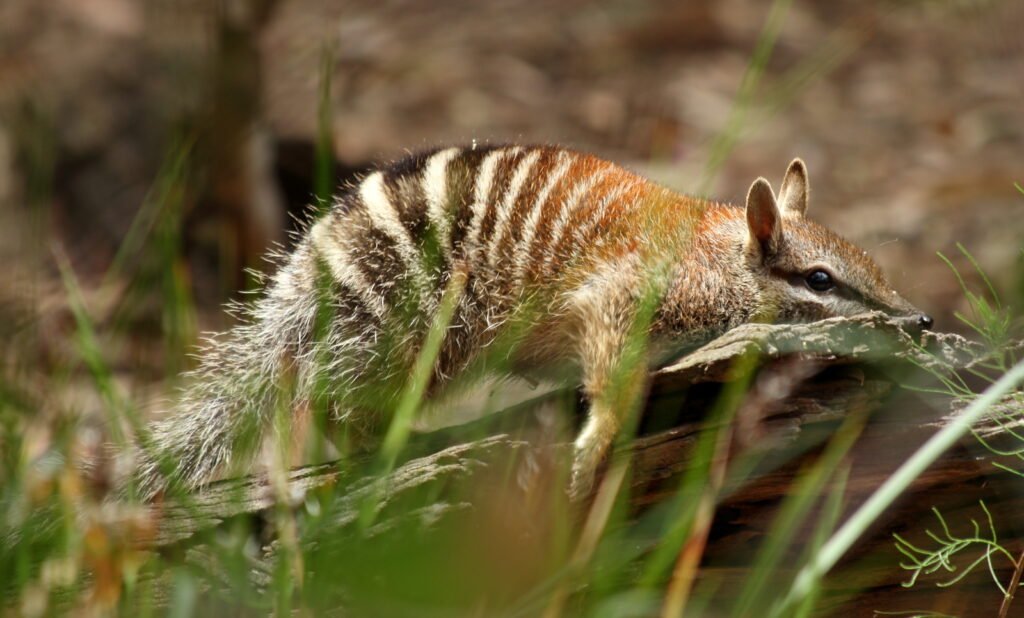
Numbats predominantly inhabit eucalyptus forests and woodlands. They are termitivores, primarily feeding on termites. A single numbat can consume up to 20,000 termites a day, using its long, sticky tongue to capture them from shallow tunnels. This specialized diet makes habitat preservation crucial for their survival, as any threat to the termite population directly affects numbat viability.
Historical Range and Decline

Historically, the numbat’s range stretched across southern Australia. However, their numbers have dwindled alarmingly since European settlement due to habitat destruction, competition for food, and predation by introduced species like foxes and cats. Today, numbats are found naturally only in a handful of locations in southwestern Australia, making them one of the country’s most endangered mammals.
Threats to Survival
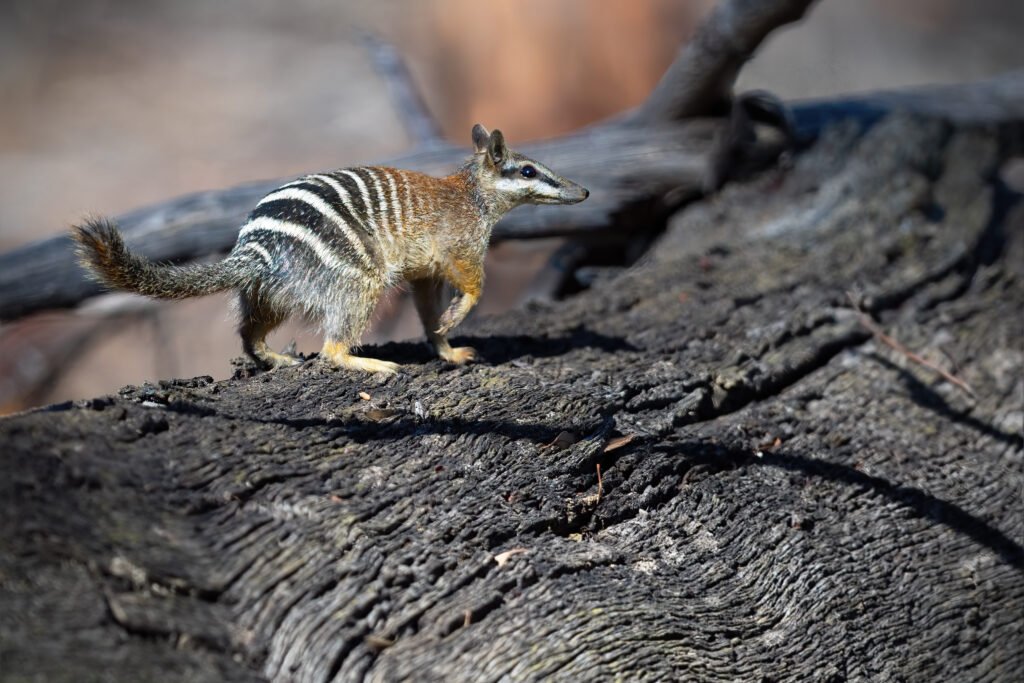
The numbat’s survival is imperiled by multiple factors. Habitat fragmentation due to agriculture and urbanization has severely reduced the areas they can inhabit. Additionally, introduced predators, such as the European fox and feral cats, pose a significant threat as numbats have few natural defenses. Fire management practices also influence their survival, as inappropriate fire regimes can destroy their habitat and food sources.
Conservation Efforts in Western Australia

Efforts to conserve the numbat are primarily focused in Western Australia. The establishment of the Dryandra Woodland and the Perup Nature Reserve as protected areas has been crucial. Conservationists are employing various strategies, such as predator control programs, habitat restoration, and supplemental feeding. The breeding of numbats in captivity and their subsequent release into predator-proof reserves mark significant steps in ensuring their continuity in the wild.
Role of Research and Science
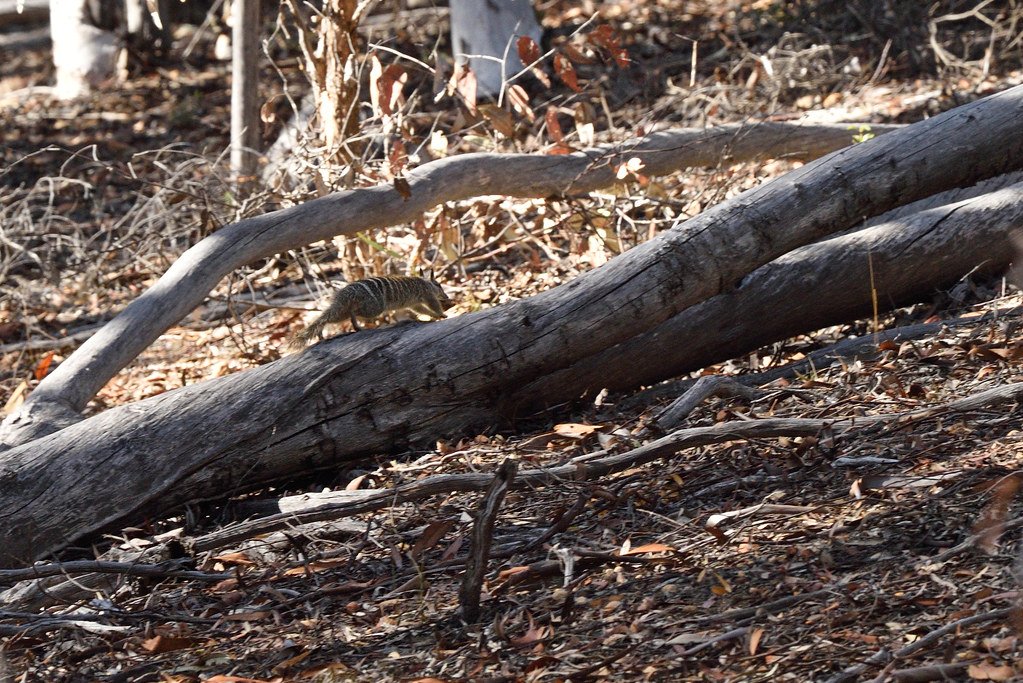
Scientific research plays a vital role in numbat conservation. Studies on their behavior, genetics, and ecology provide critical insights that guide conservation strategies. Advanced technologies, such as GPS tracking and infrared cameras, are used to monitor numbat populations and their interactions with the environment.
Community Involvement and Education
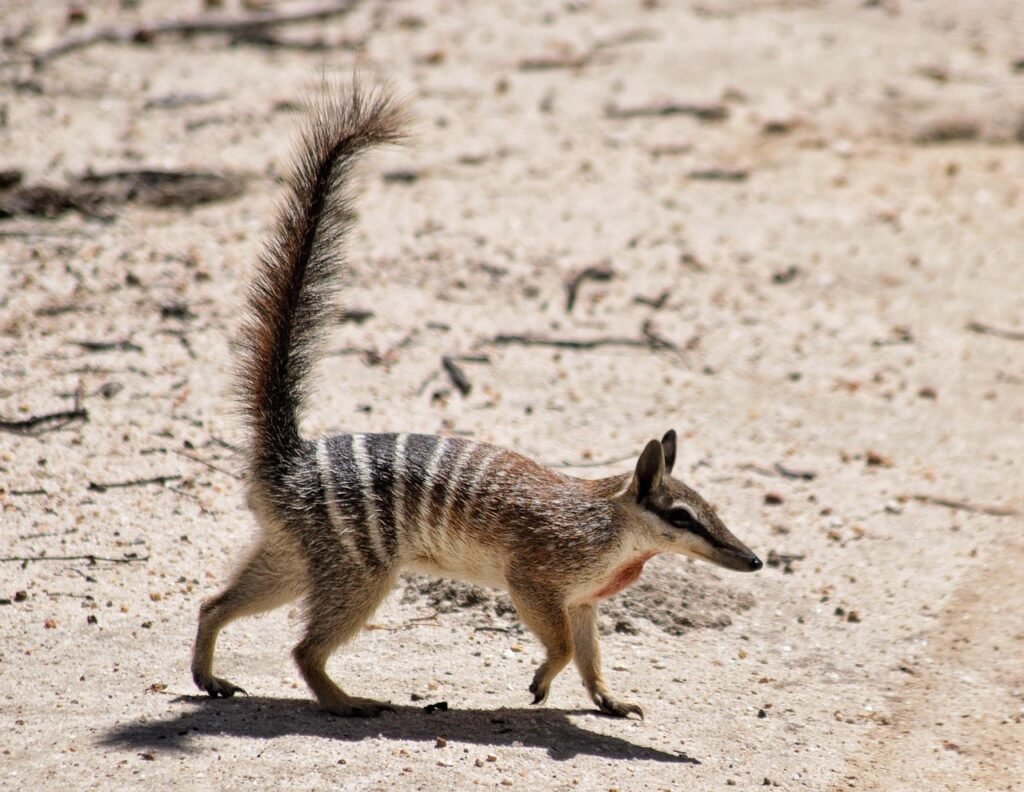
Community involvement is essential in conservation efforts. Programs that educate the public about numbats and their ecosystem value foster a sense of responsibility and participation. Local school-based projects and volunteer opportunities in conservation work both raise awareness and encourage local custodianship of natural resources.
Governmental and Non-Governmental Role
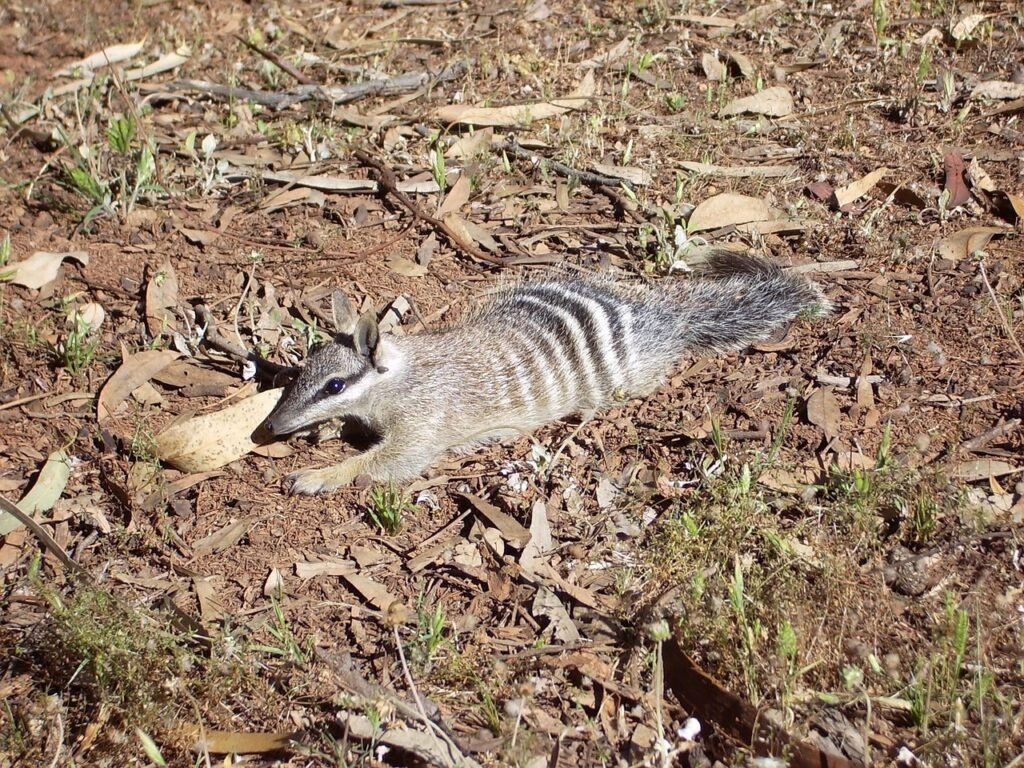
The role of governmental and non-governmental organizations is critical in funding and implementing conservation projects. The Western Australian government, alongside wildlife organizations like the Australian Wildlife Conservancy, work tirelessly to lay legislative and practical frameworks essential for numbat recovery. Policies aimed at reducing land clearing and controlling predator populations are instrumental.
Potential for Ecotourism
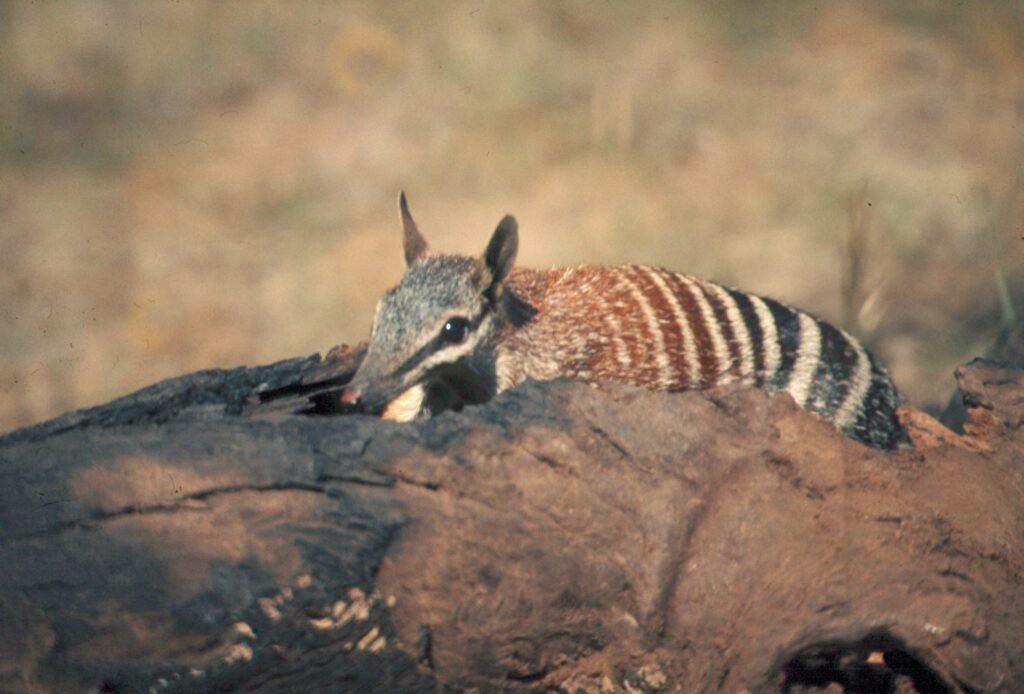
Promoting ecotourism centered around the numbat and its habitat can provide economic incentives for conservation. By creating sustainable tourism packages, not only can local economies benefit, but it can also draw global attention and resources towards preserving Western Australia’s natural heritage.
Challenges Ahead
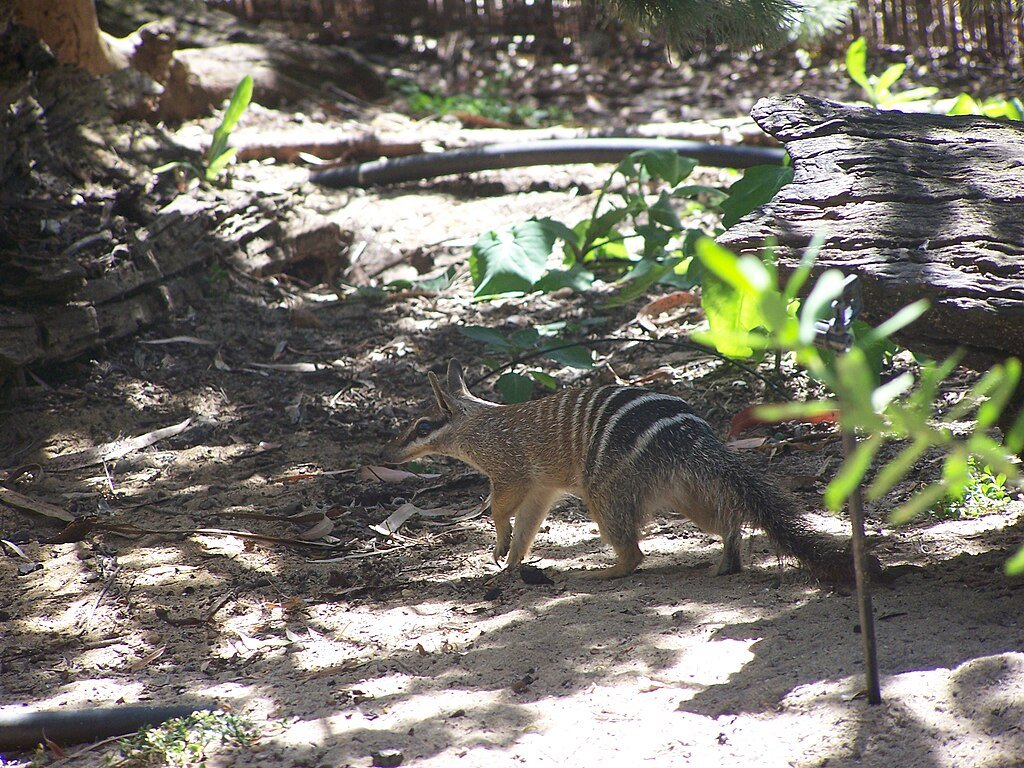
Despite considerable efforts, challenges remain in numbat conservation. Climate change is an overarching threat, as it alters rainfall patterns and intensifies fire regimes, potentially affecting numbat habitat and food availability. Continuous funding, research, and collaborative efforts between scientists, governments, and communities are necessary to overcome these challenges.
Conclusion: A Call to Action
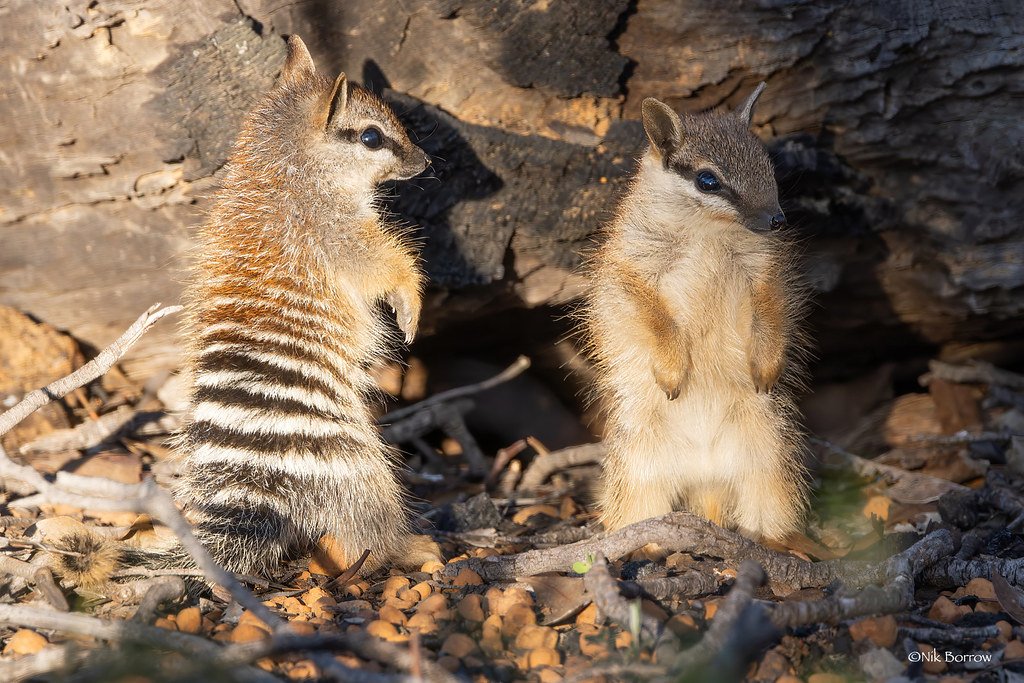
The last stronghold of the numbat in Western Australia is a poignant reminder of humanity’s profound impact on biodiversity. These unique creatures are an integral component of Australia’s ecological tapestry, and their survival hangs in the balance. By fostering a comprehensive conservation approach that includes habitat protection, predator control, and community engagement, there remains hope that Western Australia can secure the future of the numbat for generations to come. The world is watching, and the time to act is now.
As you consider the plight of the numbat, remember it is emblematic of the broader efforts necessary to protect our planet’s vulnerable species. The success of these endeavors depends on global awareness and action. Let the numbat’s struggle inspire a commitment to conservation efforts far and wide.




